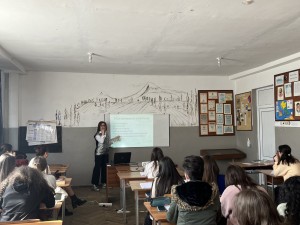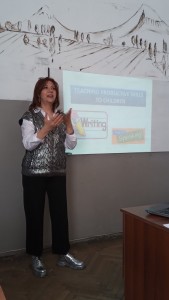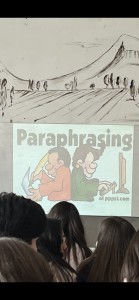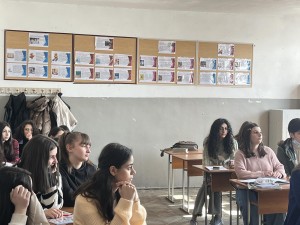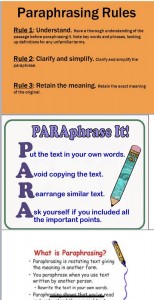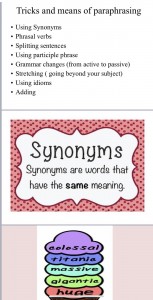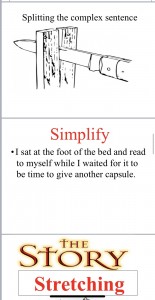Teaching Students to Paraphrase
Paraphrasing is such a hard skill to master – and so very important! Paraphrasing is essential for many kinds of telling and writing. Students who don’t learn to paraphrase well will not only grow into poor writers, but may even resort to plagiarism, which is not at all a good thing. Here is a step by step plan for teaching paraphrasing to your students.
When discussing text in the classroom, it’s tough for students to shift from utilizing an author’s words (copying) to accepting the challenge to express that author’s idea in their own words (paraphrasing).
Teaching effective paraphrasing is necessary because the use of paraphrasing facilitates important literacy skills: It encourages repeated reading, develops note-taking habits as students track quotes and outline text details, and expands vocabulary as they consider appropriate ways to describe the original text. The skill may seem daunting to students because it takes time to find the appropriate words to reshape a sentence, but that is time well spent.
We also need to teach paraphrasing, of course, so that students develop the skill set required to avoid committing plagiarism unintentionally.
Grade 10-1
Teacher: K. Aleksanyan
7.03.2022

